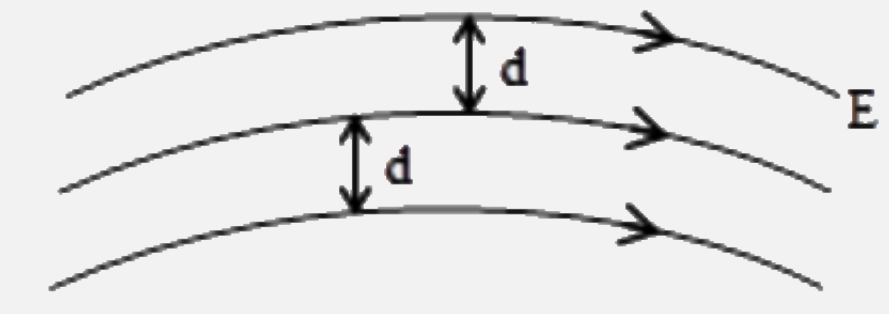Are the paths of electrons straight lines between successive collisions (with the positive ions of the metal) in the (i) absence of electric field, (ii) presence of electric field ?
In the absence of electric field, the paths are straight lines. But in the presence of electric field, the paths are, in general, curved.
Topper's Solved these Questions
- CURRENT ELECTRICITY BOOK - U-LIKE SERIESCHAPTER - CURRENT ELECTRICITY EXERCISE - LONG ANSWER QUESTIONS - II
8 Videos
- CURRENT ELECTRICITY BOOK - U-LIKE SERIESCHAPTER - CURRENT ELECTRICITY EXERCISE - SELF ASSESSMENT TEST (SECTION A (MULTIPLE CHOICE QUESTIONS))
6 Videos
- CURRENT ELECTRICITY BOOK - U-LIKE SERIESCHAPTER - CURRENT ELECTRICITY EXERCISE - SHORT ANSWER QUESTIONS
42 Videos
- CBSE SAMPLE QUESTION PAPER 2019-20 (SOLVED)BOOK - U-LIKE SERIESCHAPTER - CBSE SAMPLE QUESTION PAPER 2019-20 (SOLVED)EXERCISE - SECTION D
6 Videos
- DUAL NATURE OF RADIATION AND MATTERBOOK - U-LIKE SERIESCHAPTER - DUAL NATURE OF RADIATION AND MATTEREXERCISE - SELF ASSESSMENT TEST SECTION-C (VERY SHORT ANSWER QUESTIONS)
3 Videos
Similar Questions
Clarify your elementary notions about current in a metallic conductor by answering the following queries :
(a) The electron drift speed is estimated to be only a few mms−1 for currents established almost the instant a circuit is closed?
(b ) The electron drift arises due to the force experienced by electons in the electric field inside the conductor. But force should cause acceleation. Why then do the electrons acquire a steady drift speed?
( c )If the electron drift speed is so small, and electron's charge is small, how can we still obtain large amounts of current in a conductor?
(d ) When electrons drift in a metal from lower to higher potential, does it mean that all the ''free'' electrons of the metal are moving in the same direction ?
(e ) Are the paths of electons straight lines between successive collisions (with the positive ions of the metal ) in the (i) absence of electic filed, (ii) presence of electic field.
View SolutionAre the paths of free electrons straight lines between successive collisions (with the positive ions of metal wire) in the-
(i) Absence of electric field (ii) Presence of electric field
View Solution
Knowledge Check
The average velocity of electrons in a conductor in the absence of electric field is
A102m/sB10−2m/sC104 m/sD10−4 m/sAssertion : There is no current in the metals in the absence of electric field.
Reason : Motion of free electron are randomly.AIf both assertion and reason are ture and reason is the correct explanation of assertion.BIf both assertion and reason are true but reason is not the correct explanation of assertion.CIf assertion is true but reason is false.DIf assertion and reason both are false.
Are the paths of free electrons straight lines between successive collisions (with the positive ions of metal wire) in the-
(i) Absence of electric field (ii) Presence of electric field
View SolutionAre the paths of electrons straight lines between successive collisions with the positive ions of metal in the presence of electric field?
View SolutionFor the following electric field lines, the the electric field is

View SolutionFor the following electric field lines, the the electric field is

View SolutionThe average velocity of electrons in a conductor in the absence of electric field is
View SolutionAssertion : There is no current in the metals in the absence of electric field.
Reason : Motion of free electron are randomly.
View Solution
